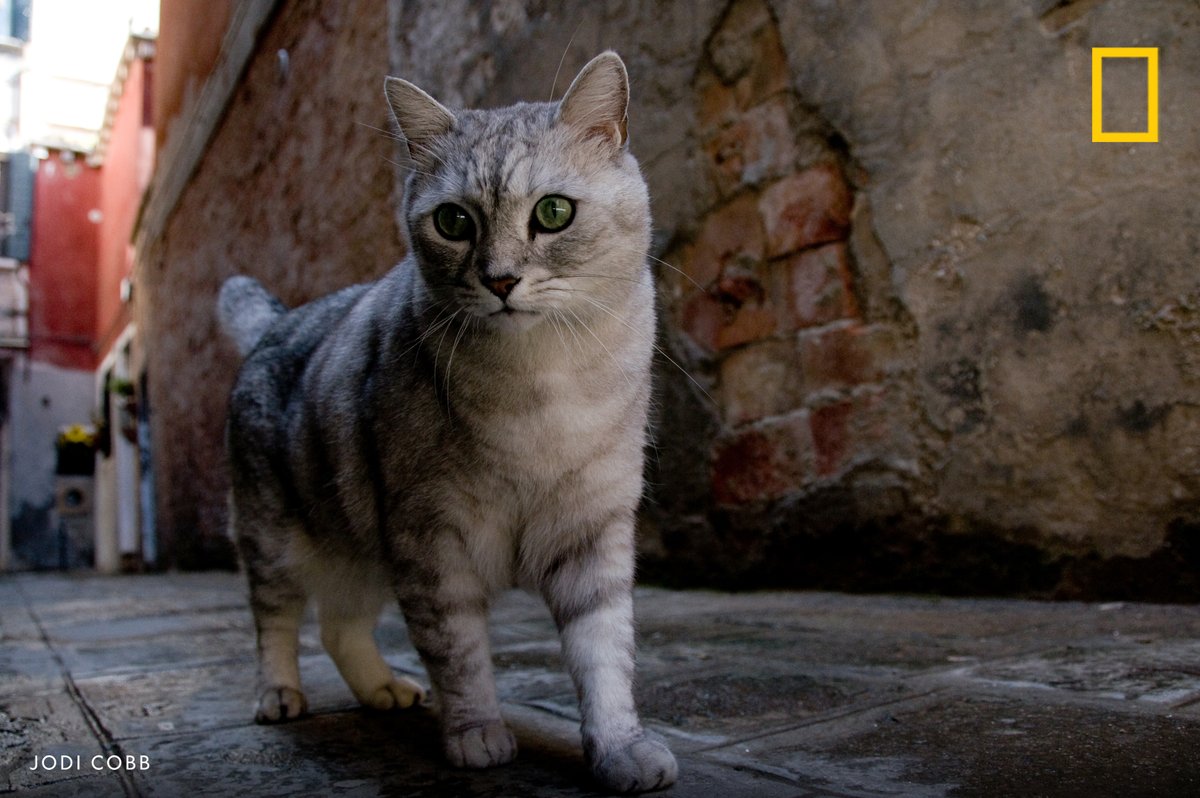
Happy #InternationalCatDay! In honor of our favorite four-legged companions, enjoy a selection of frisky feline photos and curiosity-inducing stories 

Long before cats took over the internet—and long before there was an internet to conquer—one photographer spent months in the sitting rooms of America’s well-to-do, capturing elaborate staged photos of some very pampered pussycats on.natgeo.com/3Qnp7dy
A cat turns its gaze toward the camera while her kittens feed in this scene captured in Istanbul, Turkey 

These feline photo subjects relax against the bright blue buildings of Morocco, jump across ruins in Greece, and watch fishermen curiously in Japan on.natgeo.com/3zFViyh
A cat sleeps on books outside a shop in the Beyoglu District of Istanbul, Turkey, in this charming image by photographer Dave Yoder 

Discover how researchers in Sweden are working to decode cat meows in an effort to help us better communicate with our feline companions on.natgeo.com/3d91Xtb
We often need help decoding our feline pals. So we asked readers what perplexes them the most about their favorite felines—from dietary mysteries to those spontaneous “zoomies” around the house on.natgeo.com/3d459pW
Past experiments have revealed cats can interpret human gestures to find hidden food, recognize their owner’s voice, and even beg for food from a person who looks at them and calls their name on.natgeo.com/3zCCiAR
Amsterdam’s canals are dotted with boats of all shapes and sizes, but one vessel stands out in particular—the Catboat—the world’s only floating animal sanctuary on.natgeo.com/3QtH4Y5
Have photos of your own feline friend? Share them with us in the comments below! #InternationalCatDay
• • •
Missing some Tweet in this thread? You can try to
force a refresh

















